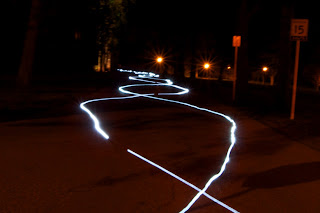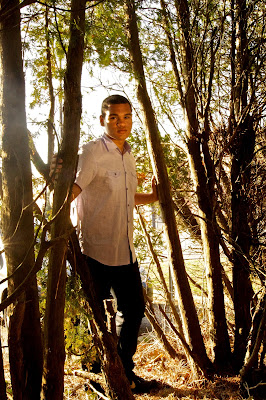For this assignment we were tested on basic photoshopping skills and the ability to asses our environment. The assignment sounds basic enough; compose your name using letters that naturally occur in your environment, witch is harder done than said, and making it look good at least for me was another endeavor on its own.
For me this was an exercise in perspective. Scanning my environment briefly proved to be the least effective way of finding the shots I needed, witch is why I decided to use perspective as my aid. looking at things in a new way, from a different angle, a farther distance, or in a new context this was my approach at acquiring a new photographic perspective.
For me this worked, it really helped me to understand the level of manipulation I have as a photographer over my subject, and the full extent of what my subject has to offer. Looking back on this assignment I would say that even though it seemed silly, and almost beneath me at the time, but it provided me with a newfound curiosity, and a willingness to experiment when taking photo's.
















.jpg)
.jpg)
.jpg)




